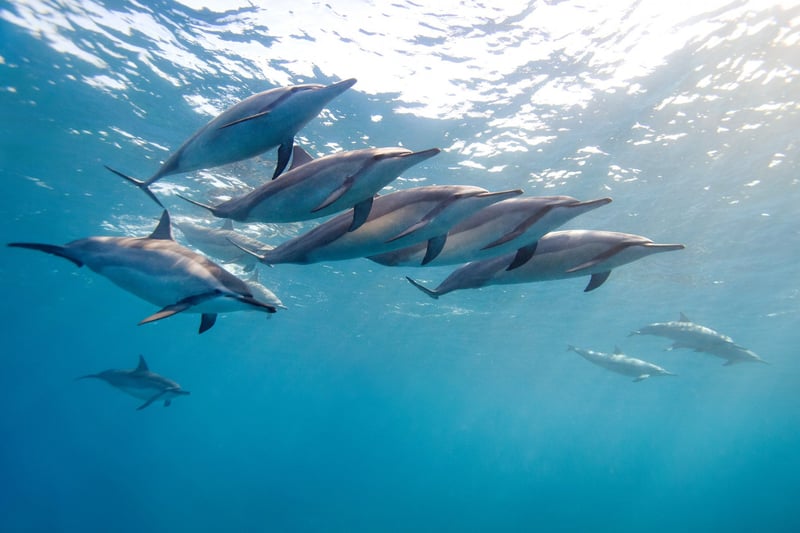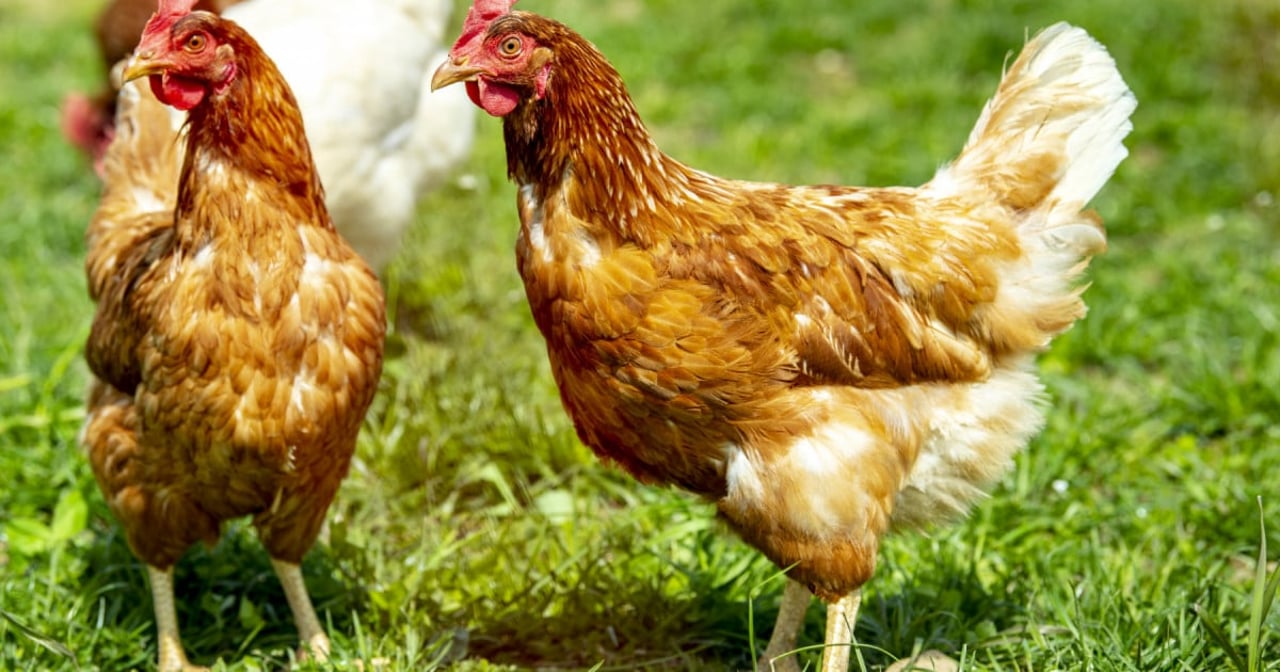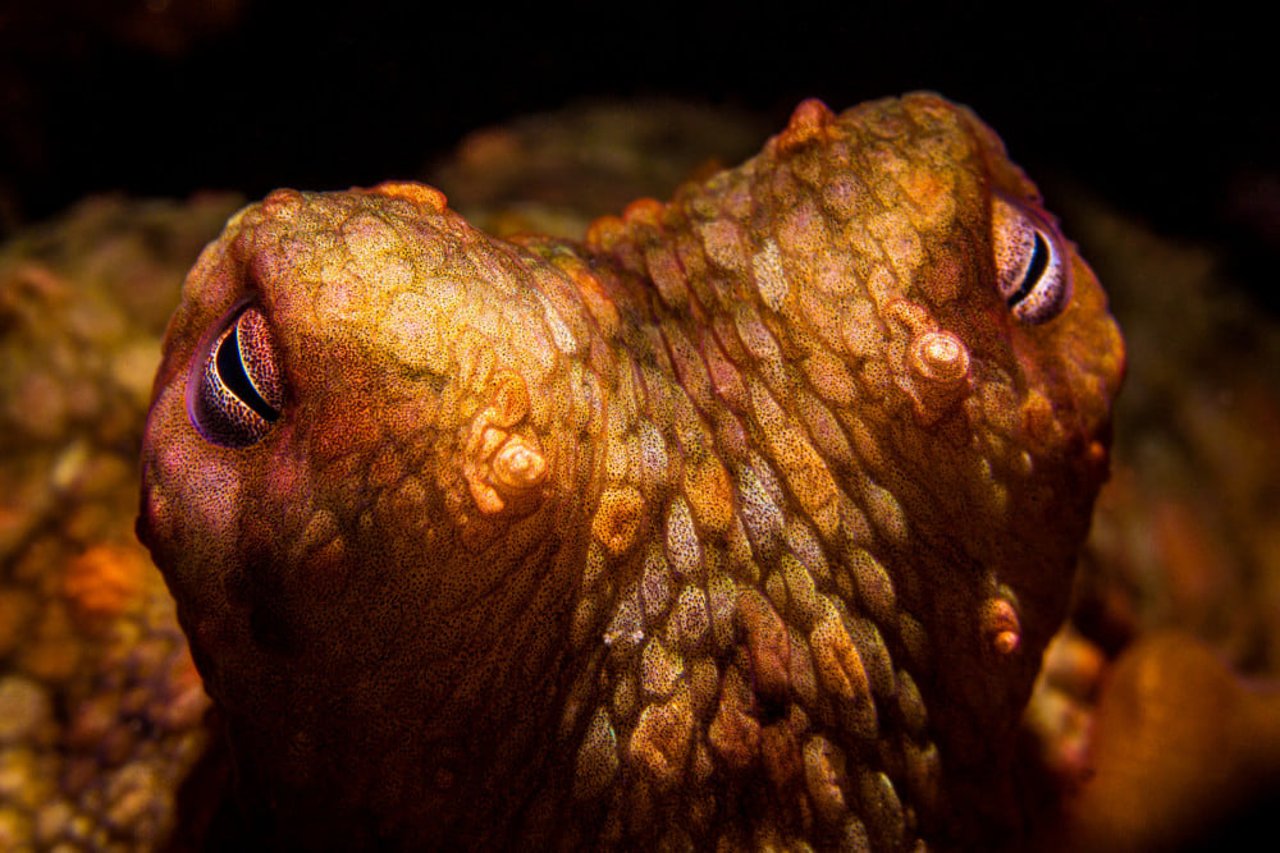
Have you ever come across the term “sentience”? Even if you haven’t, read on to learn more about the definition of sentience and how it’s applied to animal welfare!
Animal sentience is commonly mentioned in the animal welfare movement, and for good reason. The entire animal welfare movement is supported by the science of animal sentience. Understanding of sentience has helped positively change people’s attitudes and behaviors toward animals. There are two key things to know about sentience:
-
Sentience is an individual’s ability to experience feelings and sensations–both positive and negative emotions. Biologically speaking, the presence of a central nervous system is often considered an adequate marker of sentience.
-
Sentience was coined by philosophers in the 17th century in order to distinguish the ability to feel and the ability to think. This is an important distinction in both animal welfare and philosophy. Focusing on whether nonhuman animals can reason often hinders progress and detracts from the more important question often attributed to Jeremy Bentham: can they suffer?
Examples of Animal Sentience
There is no single or conclusive indicator of sentience, and many different factors are relevant, including their nervous systems, how they process knowledge and experiences, and observations of their behavior. Multiple indicators can certainly come into play.
Chickens, for example, have been shown to regularly engage in play behavior with each other. Dolphins and other cetaceans are known to exhibit signs of mourning toward losing a member of their pod.
How Society Applies (and/or Denies) Sentience to Animals
As a society, we should be asking ourselves: how do we best apply our understanding of sentience for the greater good? Unfortunately, animals’ sentience has been often denied and unacknowledged throughout history as justification for exploiting them. That is, choosing to ignore animals’ sentience has made it easier for humans to perceive and treat animals as commodities, denying their basic functions like experiencing excitement, happiness, or many other emotions that humans also experience.
This is most prevalent in the United States, where animal sentience is not formally recognized at the federal level. Occasionally, our inadequate animal laws acknowledge animal suffering but fail to recognize the dynamic inner lives of animals and how our current systems, institutions, and industries rely on restricting their natural experiences and behaviors. Additionally, society has not yet extended sentience to most invertebrates, such as insects and fish, despite increasing research supporting this. For example, a recent study showed that octopuses experience pain and learn to avoid it in their environments.
However, it is not all doom and gloom. Over time, society is continuing to make progress in acknowledging animal sentience. In the European Union, Article 13 of the Treaty on the Functioning of the European Union (TFEU) explicitly recognizes animal sentience and requires full consideration of the welfare requirements of animals in policies. Also, last year was the 10th anniversary of the signing of the Cambridge Declaration on Consciousness, which asserts nonhuman animal sentience as the capacity to experience feelings and emotions through their consciousness.
World Animal Protection will continue to raise awareness of animals’ capacity to feel pain, joy, and other emotions and call for systemic change that protects animals, not exploit them. We have published blogs about the sentience of fish, the suffering of chickens in factory farms, and will always advocate for better lives of animals across the world. You, too, can help end animal suffering right from the comfort of your home by taking actions with us.

